
Behind most renowned male photographers in the Middle East, there was usually a woman assistant in the background. Women have played multiple yet undocumented roles since the emergence of photography in the region in the mid-19th century as assistants in photography studios or as photographers, though historians are now discovering evidence of women photographers working in studios after years of disregard.
Historian Stephen Sheehi notes that the reason why it is so difficult to know the full history of the role women played in early Middle Eastern photography is that most women worked in separate rooms in the studios and behind the scenes. For instance, during early Ottoman photographic studios, there were specific rooms for women photographers. This is also because the female models at the time were more comfortable working with a woman photographer rather than a male photographer, and so photographs of women were done in ‘secret rooms’.
“While the origins of the photography of Middle Eastern women remain to be explored more thoroughly, it is clear that Arab, Armenian and expatriate women were central to the production of indigenous photography in the Middle East from its earliest days,” he says.
View this post on Instagram
View this post on Instagram
Today, a new generation of Arab women photographers are appearing in the spotlight, from names such as Lebanese photographer Myriam Boulos, with her images being published in Vogue, Time, and Vanity Fair, as well as Bahraini photographer Mashael Al Saie, whose photography focuses on reimagining local Bahraini archives.
Hajar Almutairi is a Kuwaiti photographer whose photography incorporates collage and photographic imagination that delves into a variety of cultural and societal issues, particularly on women.
Her photography was initially a random experiment. At the beginning of the COVID-19 pandemic, she was following several social media accounts that featured collage photographers and painters who have inspired her, which pushed her to experiment with collages herself and create her own versions by adding text or combining different photographs together.
“I began writing texts and started designing images to try to imitate their own photography and artwork, but then I realized that my work did not carry my own vision or touch, and so I decided to create my own photographer rather than imitate the work of others,” she tells Egyptian Streets.
View this post on Instagram
Hajar’s photography reflects her own world views. Through her lens, we do not simply see images of women in the region, but her own perspective of women and how she was able to share this perspective through collage and photographic imagination.
“Trying to interpret a photograph for me is like trying to explain a joke. If the photographs cannot be discerned or understood, then this means that I have failed to convey my perspective or idea. I do not aim to take a photograph of the image of the woman in the region, but rather her image from my own eyes. This image will not be understood unless the person also shares with me the same angle of view that I have of this world,” she adds.
For Hajar, her world view revolves around the problem of society attempting to blur the identity of women using clothes. In her photography series ‘The Other Hijab’, for instance, Hajar explores how clothes and overconsumption have distorted women’s identities in the region, whether through the niqab or luxurious consumption.
“As a society, we have a problem in denying our reality instead of treating it. We shouldn’t normalize anything that attempts to blur or control the identity of women, because it prevents us from truly experiencing the other authentic sides of women,” she adds.
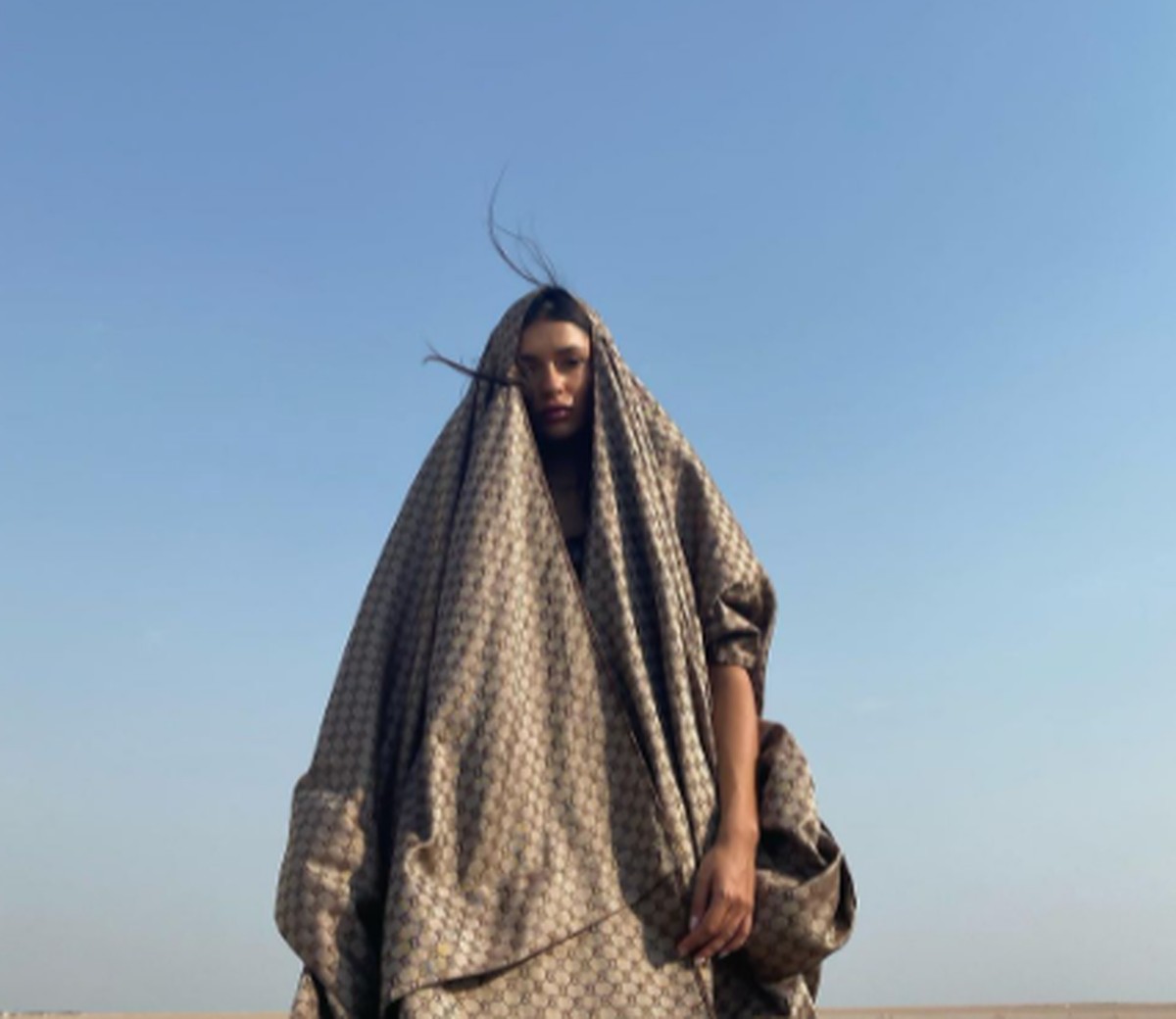
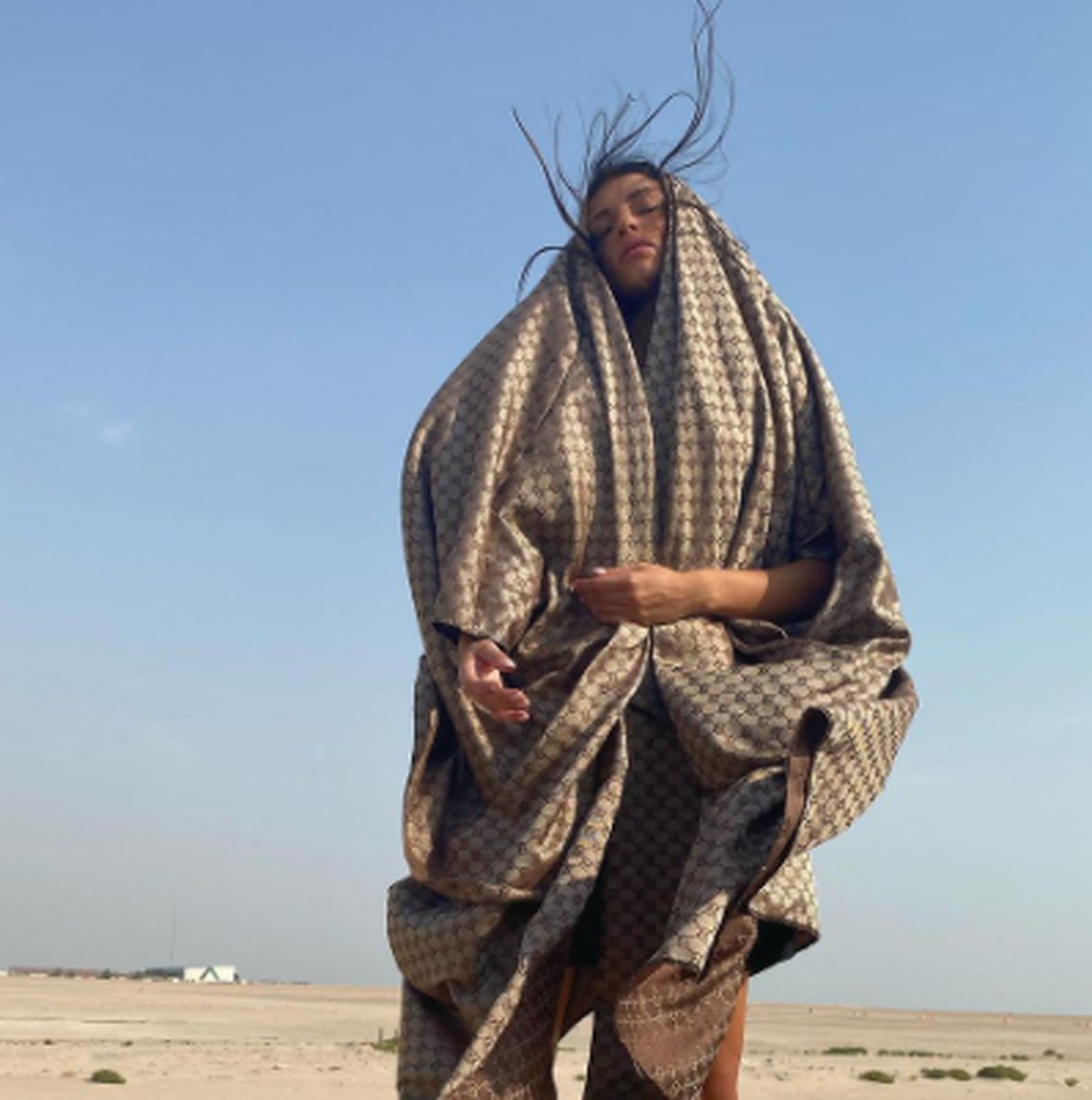
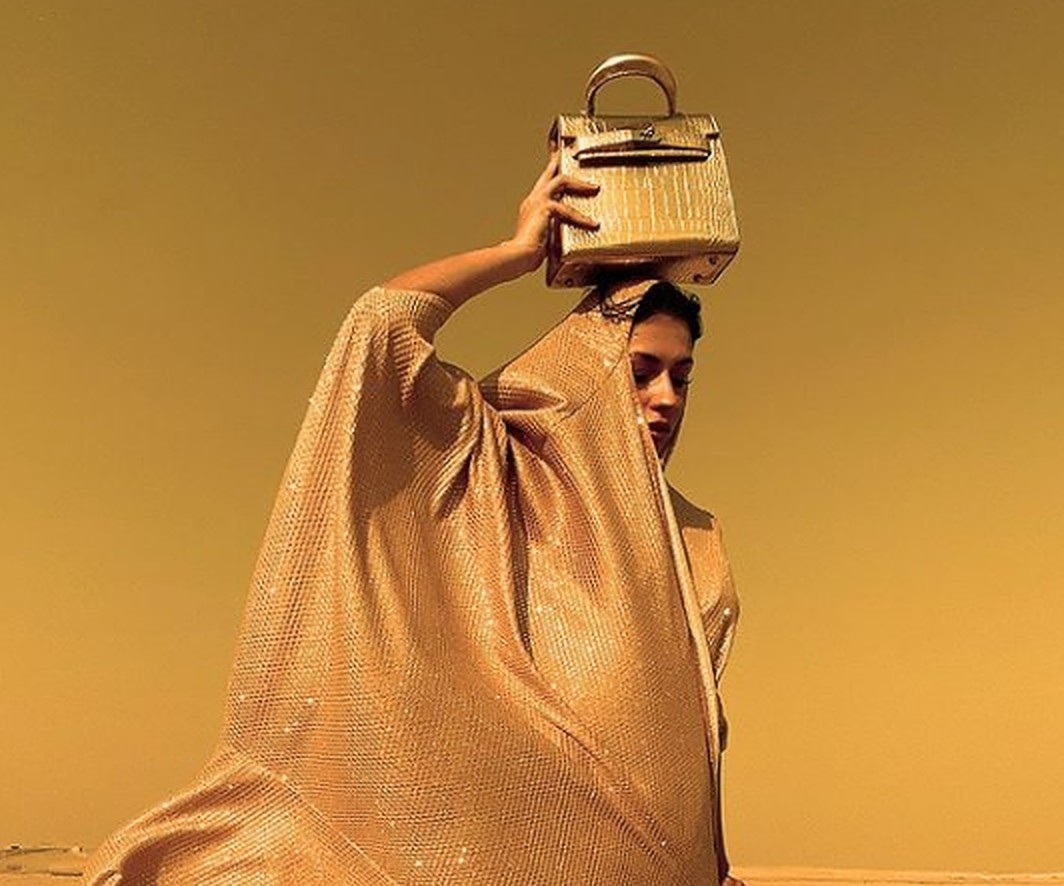

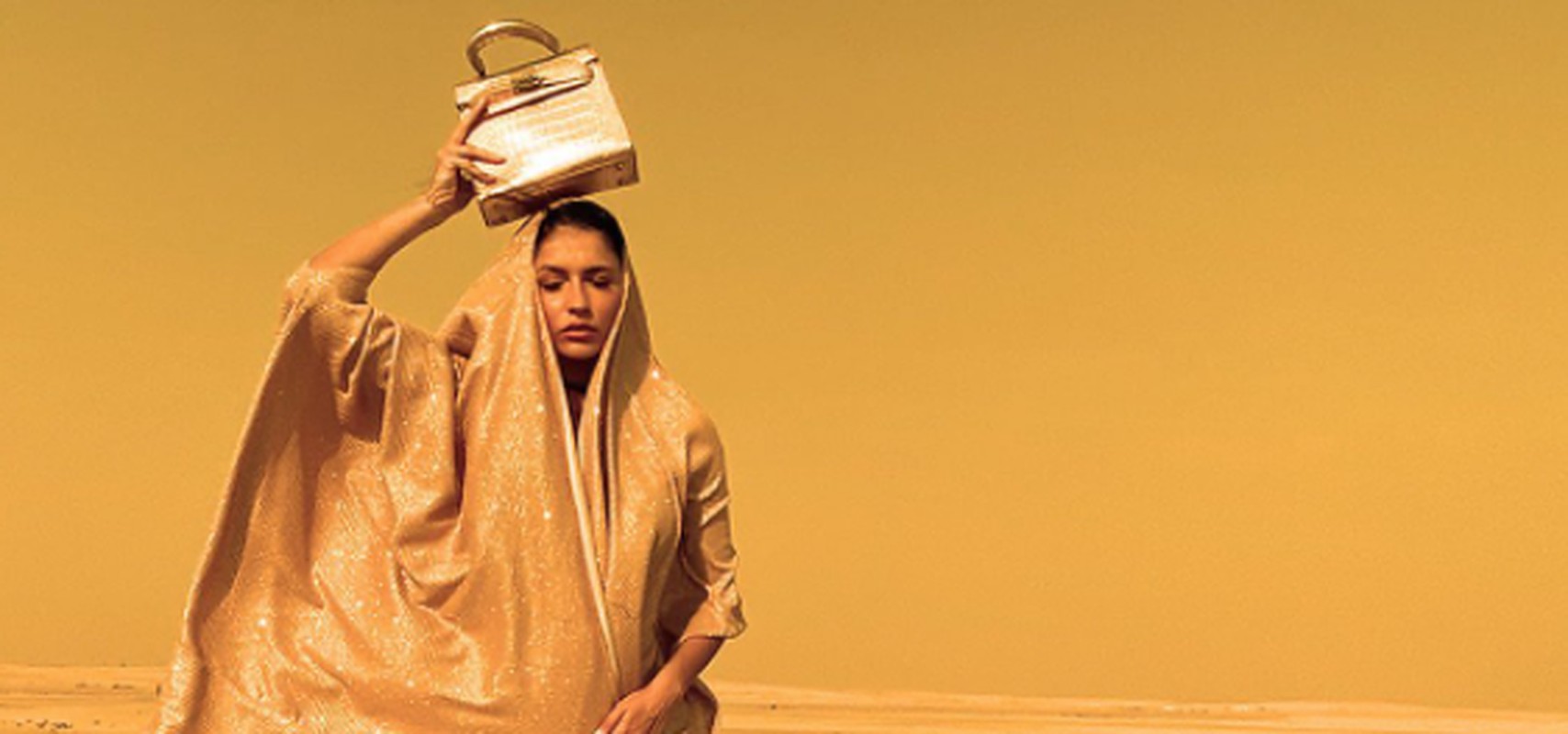



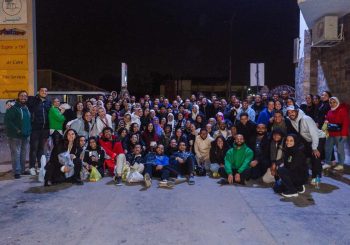
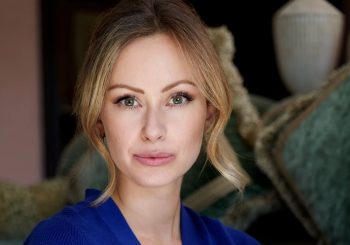
Comments (16)
[…] In Photos: The Different Hijab and the Vague Identity of Women in the Arab World […]
[…] المصدر by [author_name] كما تَجْدَرُ الأشارة بأن الموضوع الأصلي قد […]